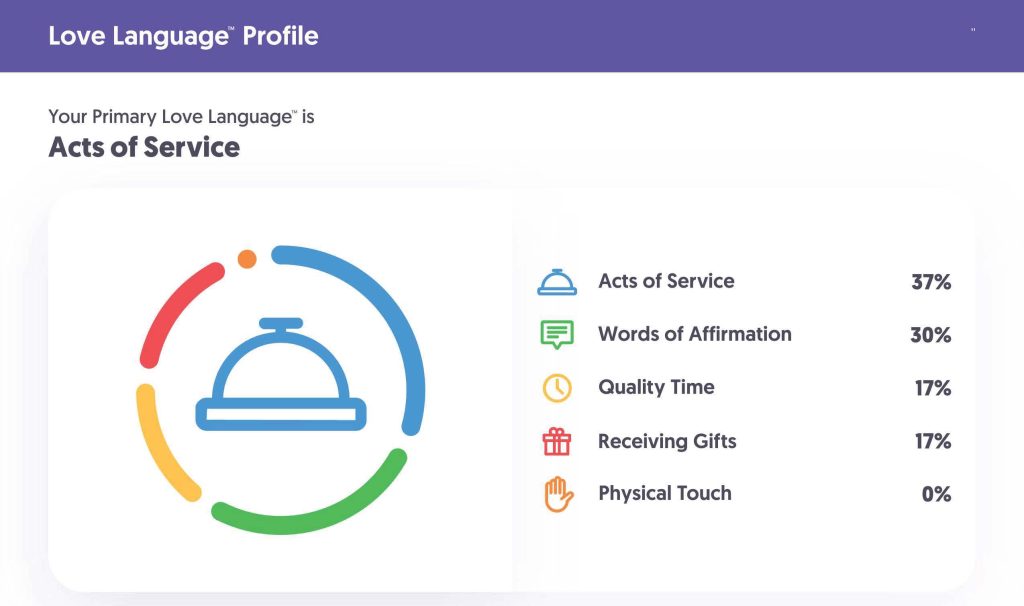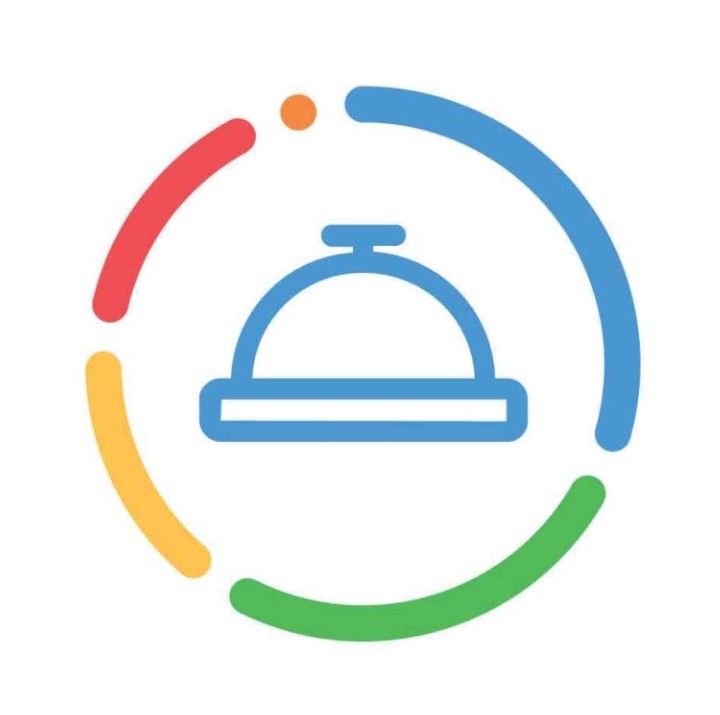It’s not often that I refer to the ‘language of love’ with a one-on-one individual coaching program client when talking about professional relationships. Yet sometimes it makes sense to do so!
In a recent coaching session, Prue (not her real name) expressed her frustration about a recent discussion with her boss. It was about her professional development.
Prue had some ideas about what she wanted to do. Her boss was saying all the right things, yet she couldn’t quite shake the feeling that he didn’t really understand what she was trying to say. That, if push came to shove, that he wouldn’t advocate for her if/when the discussion went higher up. She felt he was just agreeing to keep her happy.
So, we talked about the five love languages.
Finding your love language
The five languages of love model originated with The Five Love Languages: How to Express Heartfelt Commitment to Your Mate book written by American author, pastor and marriage counsellor, Gary Chapman.
The five love languages are:
- Words of affirmation (compliments)
- Quality time
- Receiving gifts
- Acts of service
- Physical touch
According to Chapman, each person has one primary and one secondary love language, and people tend to give love in the way they’d like to receive it.
To work out someone else’s love language, the book recommends that you observe the person, looking at how they express their love, what they complain about and what they ask for the most.
To work out your own love language, the website has four quizzes (only the ‘romantic’ one is a free quiz):

Interestingly, you can now choose to be quizzed on ‘apology language’, ‘anger management’ and ‘appreciation language’ as well as ‘love language’.
The ‘romantic’ quiz takes around 5-10 minutes to do. Some questions are tricky – both options are great! At the end you get a nice little summary with some information around what it all means.
For the record, I did the romantic love language quiz (as it’s the free one!), although I did it with a work rather than personal lens. Turns out my primary love language – for work – is ‘acts of service’, followed by words of affirmation.

Turns out that Prue’s boss is an ‘affirmations’ guy
And she’s all about acts of service and time spent. So, she wants him to spend time with her, really understanding what she’s saying (time spent), so he can then advocate for her (acts of service).
He’s all about ‘affirmations’, so he thinks telling her she’s doing a fabulous job, and that he trusts her to just get on and do things, is showing her that he values her.
They’re communicating – yet each missing the mark on what the other needs.
Just reflecting on this was an eye-opener for Prue. She started to understand that he WAS in her corner, even if he wasn’t communicating in a way that she wanted. She’s now more on the lookout for those signs as it gives her confidence that he’s able to advocate for her if needed.
What about you? What’s your love language – at home or at work!? If you give one of the quizzes a go, let me know if it was an eye opener for you too.
